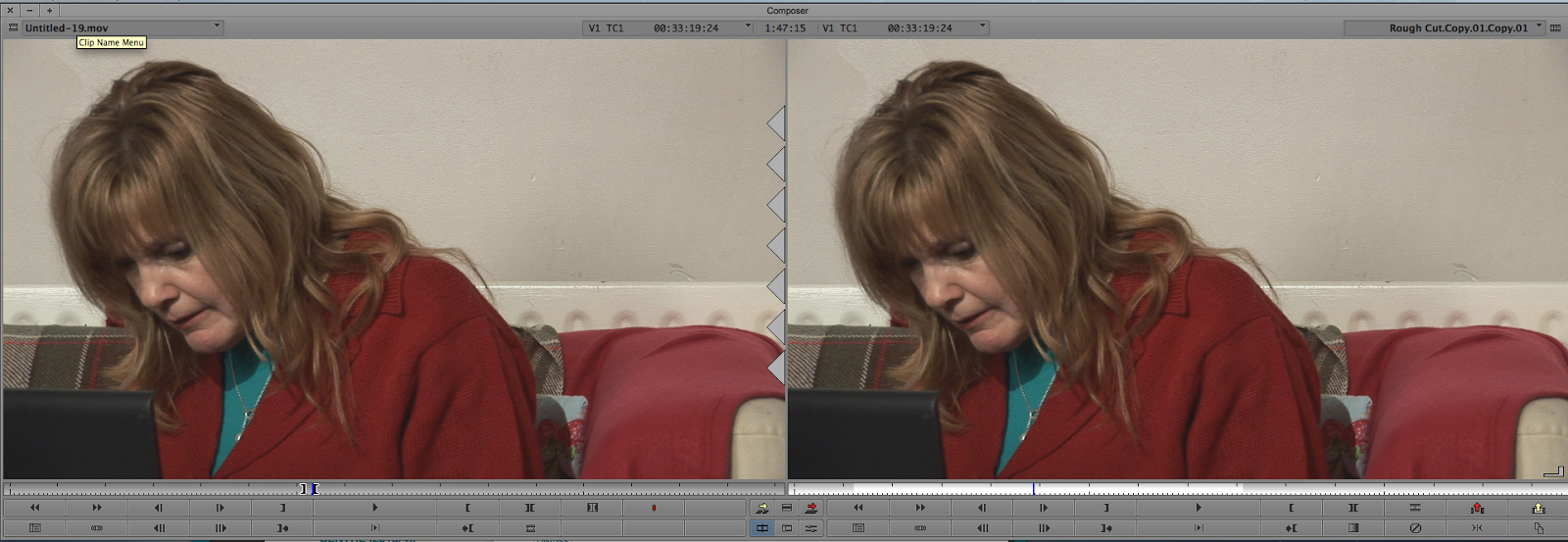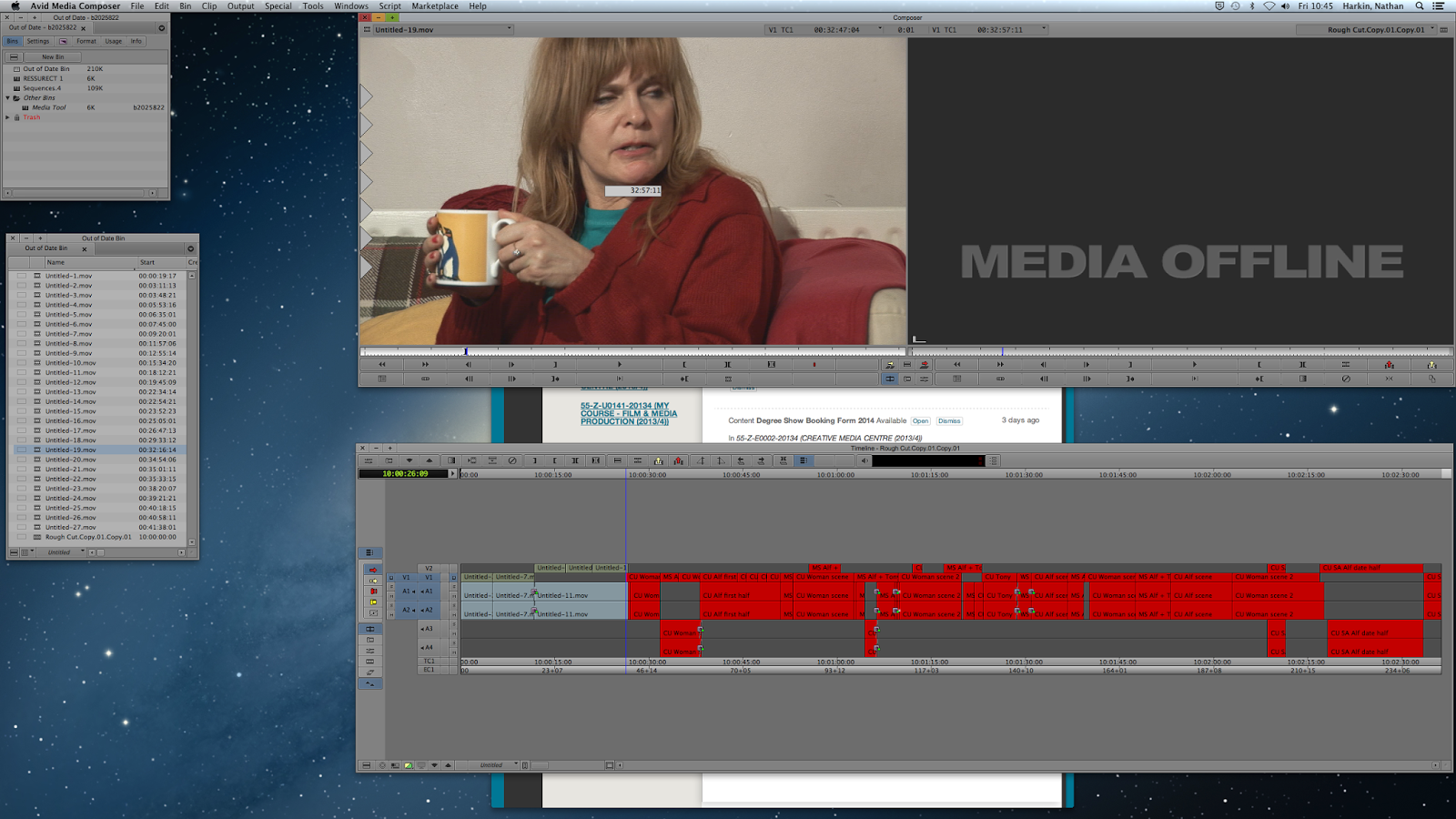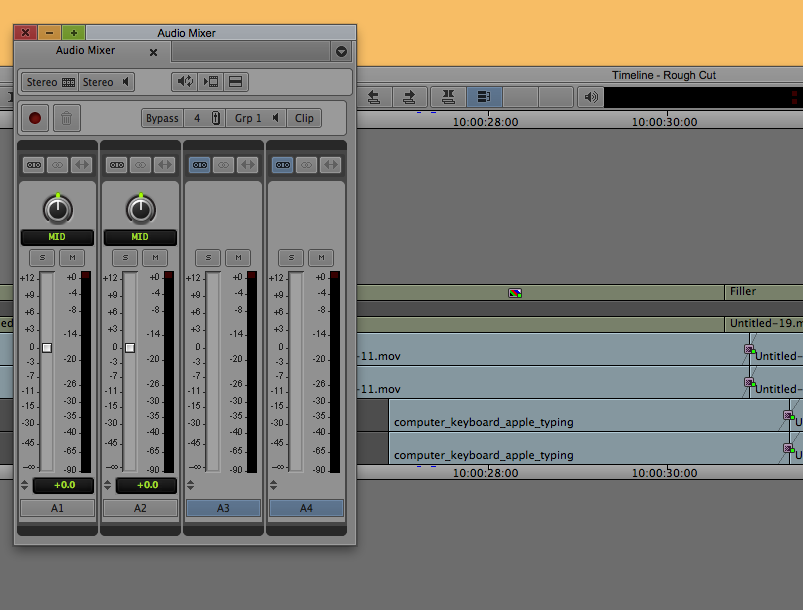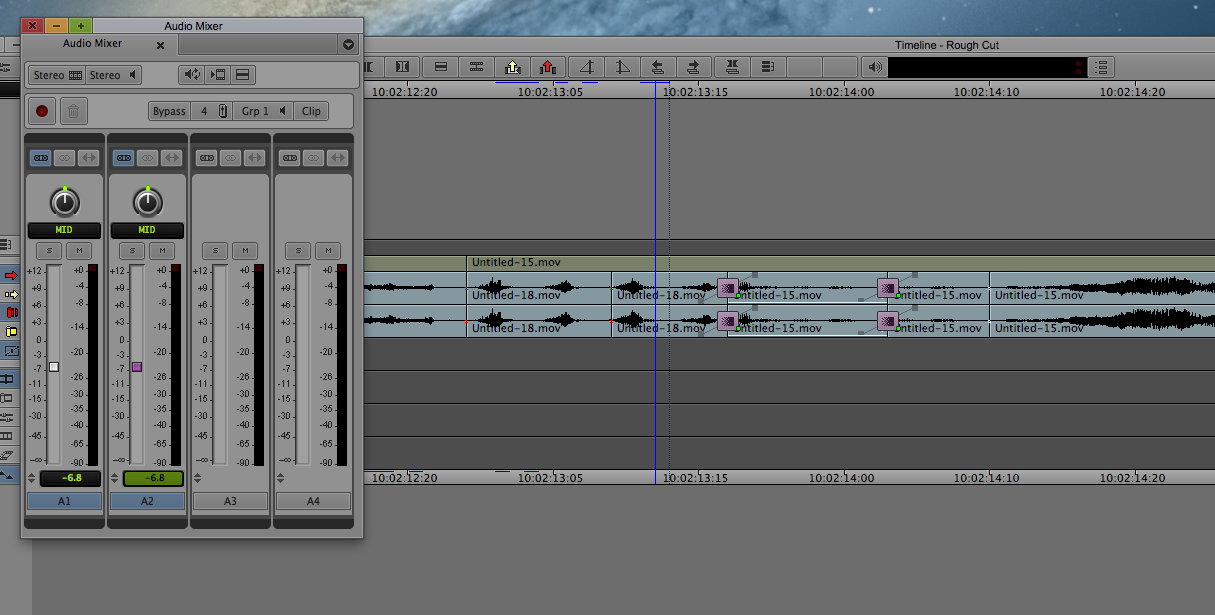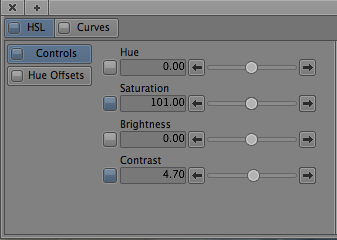The first project we were given was to edit a documentary on spoken word poetry in pairs, where I partnered up with Jay. The strengths of our film were, firstly, that the narrative was structured very clearly and effectively due to the considered pacing and attention to content produced by the interviewee. This was also helped by the way we moved from one location and interview to the next, through the continuation of the contributor’s poem throughout the narrative. When dealing with the interviews, we looked through a large amount of footage, around 30 minutes of just interviews, and carefully selected what was interesting and what worked well in conjunction with the others. From this we built up a large amount of empathy for the contributor, and gave an effect insight into his life and personal ambitions which allows the audience to get a rounded opinion of him as a person. We used voice over with split cuts very well by using relevant cut away’s to back up assertions made by the contributor in the sequence. We also used cut away shots to give the film an artistic, professional style theme which increased the empathy towards the contributor, as well as progressing the narrative in an engaging way.
However,
there were a few weaknesses in our film, the more obvious ones surrounding the
audio and sound edit. There were some roughly cut pieces of dialogue that came
in or out to rapidly and made an obvious sound edit, especially when used in
split edits as the audience has a pause in dialogue and waits critically for
the next piece of sound to come in, making the lack of fades more obvious. Some
of the interview sequences we put in dragged on for a bit too long due to us
pushing perhaps too hard to get the audience to empathise with the contributor.
Leaving these in made the film drag a bit and lose audience engagement and
interest, as what was being said wasn’t particularly powerful or stimulating
and was mainly just the interviewee ‘waffling’. Finally, showing our lack of
familiarity with editing documentaries, we began the film with the contributor
introducing himself which is a very weak and lazy approach to inducing a
narrative, and shows a level of unprofessionalism straight away. When starting
a film, especially a documentary, you need to begin with a hook that instantly
engages the audience and makes them want to keep watching the film and then
after that, begin to start to build empathy and a connection with the main
focus.
We started
the editing process by watching through and noting which clips we would want to
use and that we thought worked to start to create a sequence. There was a very
large amount of footage to choose from as the original project was for a 10
minute film and we had to cut ours down to just 5 and this proved quite
difficult at first as we weren’t the ones who recorded all the footage so we
didn’t weren’t entirely sure what were that ‘bad bits’. “The goal of narrative films is much more complicated because of the
fragmented time structure and the need to indicate internal states of being,
and so it becomes proportionately more complicated to identify what is a “bad
bit.”” [1]
Although what we edited was a documentary, this extract is still relevant to it as it is obviously filmed at different times and in different locations so jumping between these can become problematic in keeping the audience engaged all the time. To solve this issue we kept cutting back to the contributors own poem, and him performing it in different places to make the whole thing flow a lot smoother and to give a constant theme running throughout.
Although what we edited was a documentary, this extract is still relevant to it as it is obviously filmed at different times and in different locations so jumping between these can become problematic in keeping the audience engaged all the time. To solve this issue we kept cutting back to the contributors own poem, and him performing it in different places to make the whole thing flow a lot smoother and to give a constant theme running throughout.
What I
learnt from this project, amongst numerous technical skills on Media Composer,
was the importance of character empathy and how to build that up to make the
audience engage more and want to watch the film. I also learnt the advantages
of working in a group and always having another editor’s opinion on what works
well and what doesn’t. “You could sit in
one room with a pile of dailies and another editor could sit in the next room
with exactly the same footage and both of you would make different films…” [1]
The next
brief was a non-sync drama called Night Journey, which we also had to edit in
pairs. This was by far the most challenging project for Jay and me, but the
film still had a few strengths, the main one being our use of music throughout.
The impending danger that it connoted worked really well with the context of
the narrative and it was exceptional at building and breaking tension. This was down to the actual sound of the
piece, but also where we placed it in the film in conjunction with the voice
over, as well as where and how we cut it and what followed it, for example,
cutting it out to complete silence after a long build up, and then following to
some disturbing and intriguing voice over. Another positive was the actual use
of voice over throughout, as once again we had been given over 20 minutes worth
of narration that we had to cut down to 5 minutes. This meant we were tempted
to oversaturate the amount of narration we used making the whole film seem
overcomplicated and too much, but instead we were able to pace out the voice
over quite efficiently to allow thinking time for the audience, as well as
atmos and music tracks to aid this contemplation or to build tension.
The
weaknesses of this project were unfortunately quite major, as right from the start
we had issues trying to create a clear and interesting narrative from the
narration and rushes we were given. The transition into the Amsterdam sequence
near the middle of the film was unexplained and out of place, with no real
context to drive the narrative in that direction. The ending also felt very
forced and confusing, especially when the music drove the tension up heavily
for it to just be taken away with the image of the man leaving the carriage.
The reason I think this occurred was due to the lack of characterisation and empathy
built for either character. This was due to us cutting the pictures poorly
around the narration, making the audience confused as to which view point we
were hearing this internal monologue from. This partly mimicked our own
confusion with the narration as we weren’t sure when to show any footage of the
other character over the cannibal in the sequence, as we believed the narrative
was all from the cannibal’s perspective. This meant we ran out of useable
footage of one of the characters and had to work around that, making the visual
side of the film very confusing and rough.
As I said,
we had issues finding and understanding the narrative ourselves from the very
beginning, which meant progress throughout the project was very slow and
erratic and it felt as though every step forward we made, we had to take 2
steps back. This meant we struggled with pacing, one of the briefs, from the go
and really tried to focus all our efforts on sorting that out before moving on.
I believe one of the reasons we struggled so much was that instead of trying
out a load of different ideas in the assembly stage of the edit, we moved on to
the rough cut too soon after getting a rough narrative, and then tried to
change everything after already having placed visuals down to accompany certain
areas of the voice over. This meant we weren’t as flexible as we should have
been with rearranging the narrative, and I think that definitely hindered our
film overall. I did learn, however, the importance of music in a drama piece,
and how to effectively use it to manipulate the audience’s emotions and get
them to engage more with a more abstract film like this one.
Once again,
Jay and I worked well together on a technical level when tackling Media
Composer, but did have issues communicating our own interpretations of the
narrative which definitely affected the overall quality of the film. “The main advantage to collaborative editing
is speed; the main risk is lack of coherence.” [1]
The final
brief was a synch-sound comedy edit which was a solo project. The major
strength of this film was the overall visual edit for the whole film in terms
of is technical form, as well as narrative strengths. I used the majority of
the film to focus on the main character of Alf so I could create the most
empathy with him and make his character the centre of the scene. I did this by
using a few wide shots and mid shots of him in the beginning, but then almost
always cutting to close ups when he was speaking after that, depending on the
performance. I also chose to do the same sort of thing with the other two
characters, by cutting to them in close ups when they were speaking, or to a mid-shot
when Alf and Tony were interacting with one another to get both reactions in. Linking
with this, I also made good use of cutting away to reaction shots of Alf when
he was being spoken about just to create more audience empathy with him.
Finally, the pacing of the film was very solid throughout by intentionally
leaving gaps in exchanges in dialogue when jokes were made, this was for
comedic timing to improve the quality of the film, as well as to allow
reactions of the characters to be shown instead of just rapidly moving on to
the next build up.
The main
weakness with the film was the sound design. This was because there wasn’t much
evidence of the creative implementation of it in the scene, due to there not
being much room for it to be used. The scene itself is very straight forward
and, due it being filmed with sync sound, there wasn’t much to add to the very
dialogue heavy scene. Although I didn’t think it was a problem at first, upon
showing it to the rest of the group I realised that the lack of sound design
made it very obvious that it was a scripted and constructed film, instead of
making the audience feel as though it was a ‘normal’ and real experience.
Another problem with the sound was that some of the dialogue overlapped which
meant cutting between shots was very difficult around these parts and I think
it shows in my final film in one or two places, as there is a dip in the volume
of certain parts of dialogue, even with my best efforts to mask these with
small fades.
I started
out by selecting which scene I would edit out of the 4 we were given and I
chose the tea drinking scene because it contained the least amount of
continuity errors and had the best framing and lighting out of the others. I focused on Alf throughout which completed
the brief of building empathy for the main character and with this I paced the
whole film around his lines and attempted the match them with comedic timing.
The problems I encountered were mainly just around the dialogue overlapping at
certain parts which caused me grief in the sound edit. There was also one or
two continuity errors but I followed the advice of Walter Murch and focused on
the emotions of the film over the continuity. “An ideal cut… is the one that satisfies all the following six criteria
at once:… 1) Emotion 51%, 2) Story 23%, 3) Rhythm 10%, 4) Eye-trace 7%, 5)
Two-dimensional plane of screen 5%, ^) Three-dimensional space of action 4%.
Emotion, at the top of the list, is the thing you should try to preserve at all
costs.” [1]
Bibliography
1. Walter Murch (1988), In the Blink of an Eye, Viking Press.
Bibliography
1. Walter Murch (1988), In the Blink of an Eye, Viking Press.
